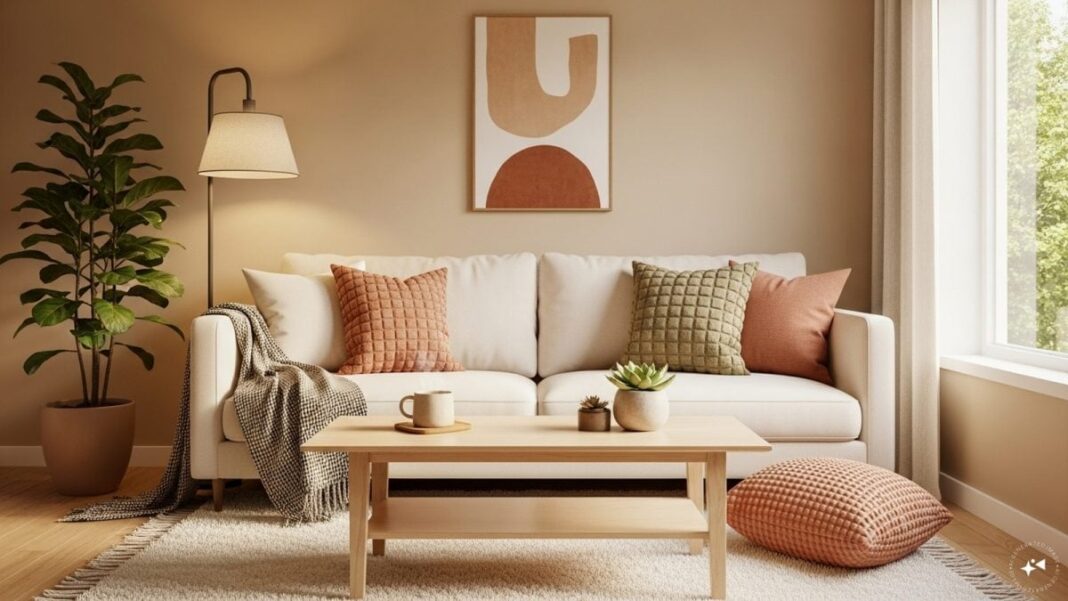Last Updated:
Minimalism is often associated with sparseness. However, minimalist design isn’t about cold white boxes, it is about an intentional approach that relies on simplicity.
Minimalism can create cozy, balanced spaces.
Minimalism has long been associated with stark white walls, bare essentials, and a less-is-more philosophy. But today, the narrative is shifting. Modern minimalism isn’t about stripping spaces of warmth, but it’s about creating a sanctuary of simplicity that soothes the senses and supports intentional living. The result? Spaces that are not just aesthetically pleasing but deeply comforting.
“Minimalist spaces talk about all things simple and clean,” says Punam Kalra, Interior Designer and Creative Director at I’m The Centre For Applied Arts, Delhi. “There is a cozy mood, but there is also clarity and balance.”
Through subtle texture, thoughtful layout, and natural light, minimalism can now speak the language of comfort. Here’s how to bring that balance home.
Start with Light and Layout
Minimalist comfort starts with space and light. “Think sun-bathed spaces, warm accent lighting and an open layout to begin with,” says Kalra. A well-spaced furniture layout, free of clutter, allows air and energy to flow freely. The result? A visual calm that immediately puts you at ease.
Layer Statement Pieces with Soft Accents
Minimalism doesn’t mean boring. Kalra recommends anchoring a space with bold yet functional pieces. “A tuxedo sofa layered with a furry throw or a ball paper lamp overlooking a block tea table can speak for comfort with their bulk and fluff,” she shares.
These pieces offer tactile comfort, while subtle details like neat upholstery trims, fluted wooden backdrops, or a single-stone tabletop add visual elegance without overwhelming the senses.
Opt for Soft Tones and Gentle Patterns
Colour plays a quiet but powerful role in minimalist cosiness. “Solid colors, ideally chosen in pastels and earthy neutrals, add to the appeal,” Kalra suggests. To break visual monotony, she recommends integrating delicate patterns: polka dots, chevron, stripes, or plaids—that introduce rhythm without chaos. “These dainty yet symmetric patterns bring a visual harmony, almost effortlessly.”
Mood Matters: Light, Texture, and Touch
Comfort goes beyond visuals; it’s also about how a space makes you feel. “It is a mood that can be incited by low-key elements like a table lamp with a vintage filament bulb or sheer organza curtains that let natural light softly peek in,” says Kalra. These soft, sensory touches are what spark those “dopamine spikes” we associate with home.
Design Mindfully: Less but Better
To make minimalism truly cosy, Kalra advises replacing clutter with intention. “Avoid too many things. Introduce large runners instead of small mats, benches in place of multiple chairs, and envelope cabinetry around open shelves,” she says. These moves reduce visual noise and create a sense of calm continuity throughout the space.
With this intentional approach, minimal spaces can redefine comfort and make it a way of life.
view comments
- Location :
Delhi, India, India
Read More


